
Take advantage of nature
The ethnic minority and mountainous areas of Quang Nam are home to abundant culinary and cultural resources, meeting the demand for green cuisine and green tourism. Thanks to the natural advantages, the mountainous areas of Quang Nam have many unique products, which, through the processing hands of the people, have become specialties, such as wild vegetables, bamboo rice, Ta Vac wine, stream fish, smoked meat, etc.
For a long time, ethnic minorities in mountainous areas have known how to take advantage of available natural materials and create containers to hold food and drinks to serve and display them in family meals or community festivals.
Bamboo tube rice (com lam), meat, fish, and vegetables are also cooked in bamboo tubes, typically the thut soup. They cook mixed foods in bamboo tubes, then use bamboo sticks and rattan stems to make a thick soup called "canh dai ngan". This soup is a specialty of many ethnic groups, reserved for treating distinguished guests and as a "snack" with can wine, doat/ta vac wine.

Bamboo tubes are common items for storing and serving food and drinks for most ethnic groups in the mountainous regions. This is also a vestige of ancient times, when there were no bowls or chopsticks.
Large bamboo tubes are split in half, one part is used to hold soup, meat, rice, the other smaller part is used as a lid, to preserve food. Small bamboo tubes are cut horizontally or diagonally to make cups, glasses for drinking water, drinking rice wine, Doat wine, Ta Vac wine...
Food package from forest leaves...
Dong leaves and banana leaves are an endless source of materials in the national culinary life. Wild banana leaves have many applications because they are large, flexible, waterproof and decorative due to their green color.
For the Co Tu people, wild banana leaves are used for cooking, baking, wrapping and preparing food. There are festivals that require nearly 20 baskets of wild banana leaves to hold food.

Many dishes of the ethnic minorities are wrapped in banana leaves, grilled over charcoal, called Dha'jâm. Wild banana leaves are also used by the people to wrap sticky rice, cassava, and food for the fields. In particular, they use banana leaves to "divide portions" for households or people depending on the size of the animals they catch. This is a unique cultural beauty, full of humanity of the ethnic minorities in the mountains.
In traditional festivals such as celebrating new rice, celebrating new swords, weddings, giving thanks to the forest, etc., the Co Tu people often place a tray of food in the middle of the house for distinguished guests and prestigious village elders. This tray of food is usually covered with banana leaves. Only when the reason and singing are well understood can the leaves be removed and the tray of food be enjoyed.
Even with pumpkin, not only is it an ingredient for cooking, but it can also be turned into a beautifully decorated tray to hold cassava soup, meat soup or other specialties.

Not to mention, banana flowers and banana stems, in addition to being used to make food such as salads, boiled, stir-fried, people also use the old flower stalks to store food.
The decoration from available materials creates aesthetics, enjoying the feast “with the eyes”, impressing diners. This requires creativity and skill of the “chefs”, culinary artists, while contributing to preserving the cultural identity of ethnic minorities in the highlands.
In mountainous areas, developing community tourism with ethnic cuisine is highly valued. Culinary specialties and the way of using tools and utensils from the great mountains and forests speak to the way of eating and the culinary flavors - factors that make up the appeal of cultural heritage in general, and culinary culture in particular, of ethnic groups.
Source: https://baoquangnam.vn/am-thuc-xanh-tu-mien-nui-3138293.html



![[Photo] General Secretary To Lam begins official visit to Russia and attends the 80th Anniversary of Victory over Fascism](https://vphoto.vietnam.vn/thumb/1200x675/vietnam/resource/IMAGE/2025/5/8/5d2566d7f67d4a1e9b88bc677831ec9d)
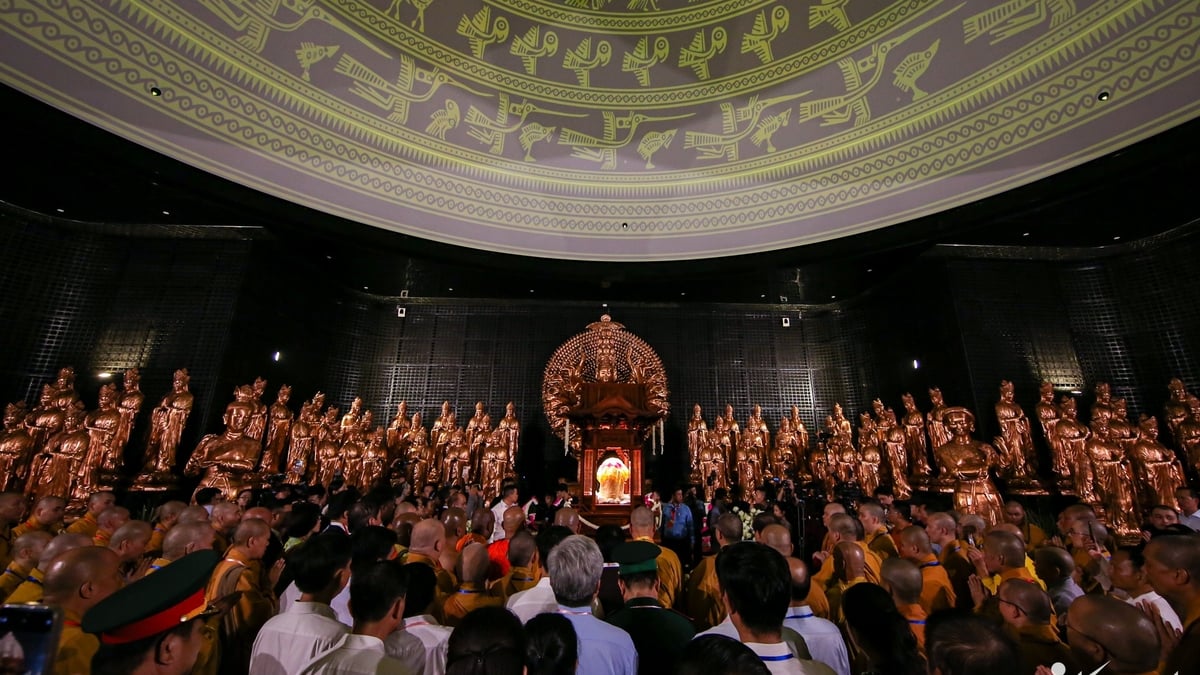
![[Photo] Prime Minister Pham Minh Chinh meets with the Policy Advisory Council on Private Economic Development](https://vphoto.vietnam.vn/thumb/1200x675/vietnam/resource/IMAGE/2025/5/8/387da60b85cc489ab2aed8442fc3b14a)
![[Photo] President Luong Cuong presents the decision to appoint Deputy Head of the Office of the President](https://vphoto.vietnam.vn/thumb/1200x675/vietnam/resource/IMAGE/2025/5/8/501f8ee192f3476ab9f7579c57b423ad)
![[Photo] National Assembly Chairman Tran Thanh Man chairs the meeting of the Subcommittee on Documents of the First National Assembly Party Congress](https://vphoto.vietnam.vn/thumb/1200x675/vietnam/resource/IMAGE/2025/5/8/72b19a73d94a4affab411fd8c87f4f8d)




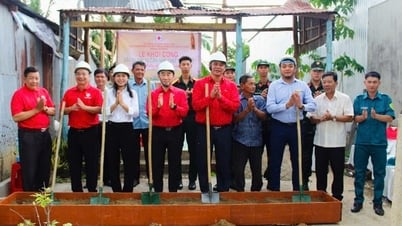
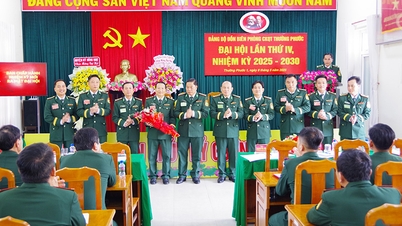
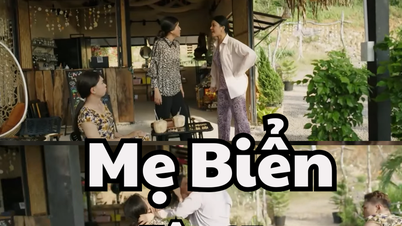




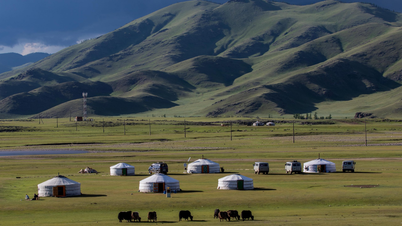
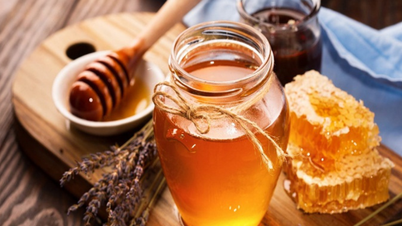
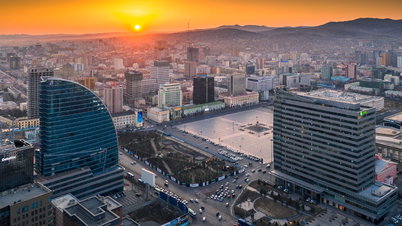


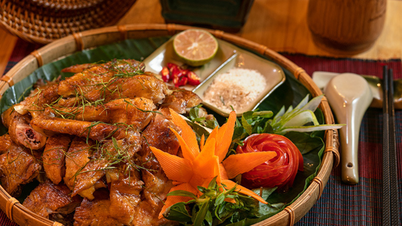










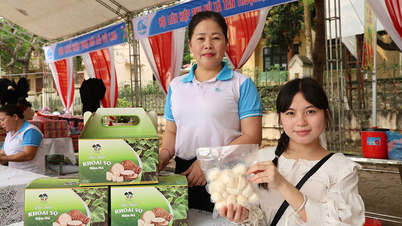






































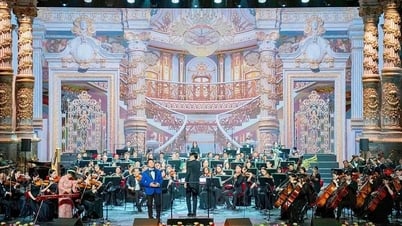

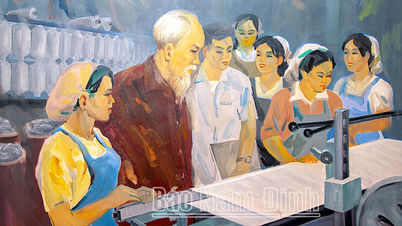
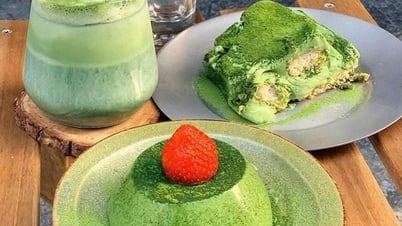



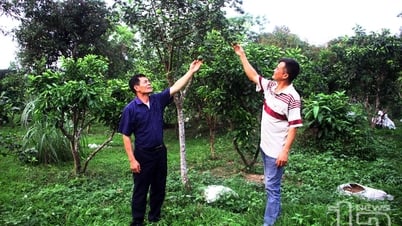













Comment (0)